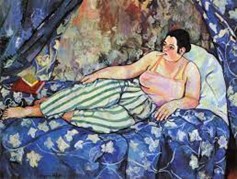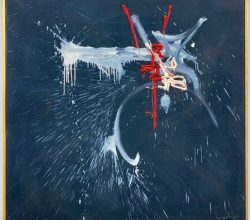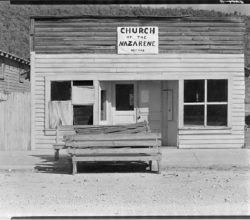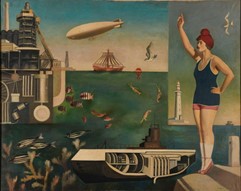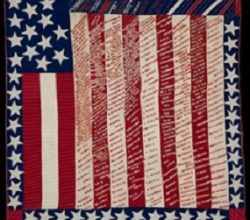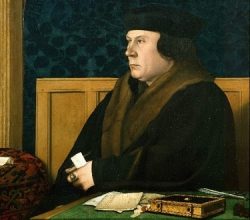
Hans Holbein’s Portraits Defined—and Immortalized—Tudor England’s Elite
Nora McGreevy | Smithsonian Magazine | 21st October 2021
Holbein the Younger lived through the charged politics of the Protestant Reformation. As the leading painter in Henry VIII’s Tudor court, a balanced deference was required to both Church and State. His most famous works, portraits of the court’s members, are masterful character studies, full of symbolism and psychological insight. They were also a balancing act – flattery versus truth, professional identity versus the person. Says one writer, Holbein was a “political artist to the tip of his brush”.

